In the dense rainforests of South America, a flash of green and crimson darts through the canopy, not just mimicking the calls of its own kind but perfectly reproducing the sound of a falling fruit, the screech of a monkey, and even the distant hum of a chainsaw. The parrot, with its astonishing vocal mimicry capabilities, represents one of nature's most intriguing neurobiological puzzles. How does a creature with a brain the size of a walnut achieve a feat of vocal learning that rivals, and in some aspects surpasses, the complexities of human speech acquisition? The answer lies buried deep within the neural architecture of these remarkable birds, a specialized circuit that has become a cornerstone for understanding the evolution and mechanics of learned vocalization.
For decades, the study of vocal learning was dominated by research on human infants and a select few mammalian species. The discovery that songbirds and parrots possess this rare trait fundamentally shifted the scientific landscape. Unlike innate calls, learned vocalizations require a complex interplay between hearing a sound, processing it, forming a memory, and then orchestrating the precise motor commands needed to reproduce it. Parrots, in particular, stand out for their accuracy, longevity, and contextual use of mimicked sounds. Their ability is not mere parroting; it is a sophisticated form of social communication, used for identification, bonding, and even deception within their flocks.
The quest to locate the neural engine behind this ability led researchers to a specialized set of interconnected brain nuclei, often termed the "song system." While songbirds possess a defined song system, parrots have evolved an additional, shell-like structure that surrounds the core nuclei. This unique "shell" architecture is believed to be the key to their superior mimicry skills. Research involving neural tracing and gene expression studies has shown that this core-shell system forms intricate loops, receiving auditory input, comparing it to an internal template, and fine-tuning motor output. It is a biological feedback loop of breathtaking precision.
At the heart of this process is the role of hearing and auditory feedback. A young parrot listens intently to the vocalizations of its parents and flock mates, forming an auditory memory or a template. This template is believed to be stored in the higher-order auditory areas of the forebrain. When the juvenile bird begins its own vocal experiments, often heard as quiet, garbled "subsong," it constantly compares its own output to this memorized template. This comparison happens in real-time within the core-shell circuits. Neurons in these regions show heightened activity both when the bird hears a target sound and when it is practicing its own rendition, highlighting their role as a neural mirror.
The transition from a messy attempt to a perfect imitation is driven by this error-correction mechanism. If the bird's own vocalization does not match the template, a error signal is generated. This signal is used to adjust the motor commands sent to the syrinx—the avian equivalent of the larynx—and the respiratory muscles. This process is not unlike a novice violinist listening to their own playing to correct their finger placement. Studies where juvenile birds were deafened showed that they could not develop normal vocalizations, proving that this auditory feedback is indispensable for vocal learning. The parrot's brain is, in essence, a powerful biological computer running sophisticated comparison software.
But the neural machinery would be useless without the right hardware for sound production. The parrot's syrinx is a marvel of biological engineering. Located at the bifurcation of the trachea, it contains paired sets of membranes and muscles that can be controlled independently, allowing many parrots to produce two different sounds simultaneously. The motor commands from the core-shell nuclei in the brain travel down specialized neural pathways to precisely control these muscles, regulating airflow and tension to sculpt sound waves into a perfect copy of a remembered noise. The coordination between the brain's instructions and the syrinx's execution is milliseconds quick and micrometer precise.
Beyond the mechanics of imitation, the question of why parrots mimic remains a vibrant area of research. The prevailing theory points to complex social dynamics. In the wild, mimicry is thought to strengthen social bonds within a flock. Sharing a common repertoire of learned calls can facilitate group cohesion and identity. Some research suggests that vocal mimicry can be used for deception, such as mimicking a predator's call to scare away competitors from a food source. The contextual and apparently intentional use of mimicked sounds in wild parrots indicates a level of cognitive sophistication that goes beyond simple repetition, hinting at underlying processes like intentional communication and perhaps even theory of mind.
The implications of this research extend far beyond avian biology. The parrot's brain offers a powerful animal model for studying the neural basis of learned communication. Because the avian song system and the human speech pathways are analogous—evolving independently but serving a similar function (a phenomenon known as convergent evolution)—they provide a unique window into the fundamental principles of how brains learn to communicate. Understanding how a parrot's brain encodes, stores, and reproduces complex auditory sequences could inform research into human speech disorders like apraxia or aphasia, and even inspire new algorithms for speech recognition and synthetic speech generation in machines.
In conclusion, the parrot's ability to mimic speech is not a party trick but a window into a profound neurobiological process. It is a symphony conducted by a specialized core-shell neural circuit, powered by auditory feedback and executed by a virtuoso vocal organ. This system enables a level of vocal plasticity and social communication that is rare in the animal kingdom. Each time a parrot perfectly replicates a human word, it is demonstrating the incredible outcome of millions of years of evolutionary innovation—a complex dance between brain, ear, and voice that continues to captivate scientists and illuminate the universal mechanisms of learned sound.

By /Aug 21, 2025
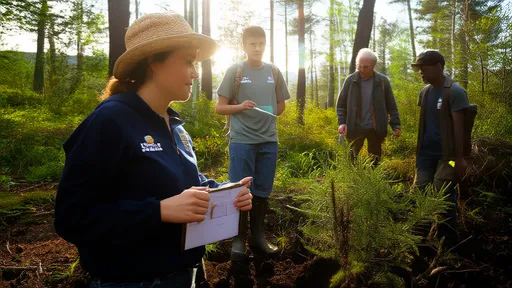
By /Aug 21, 2025

By /Aug 21, 2025

By /Aug 21, 2025

By /Aug 21, 2025

By /Aug 21, 2025

By /Aug 21, 2025

By /Aug 21, 2025

By /Aug 21, 2025

By /Aug 21, 2025

By /Aug 21, 2025

By /Aug 21, 2025
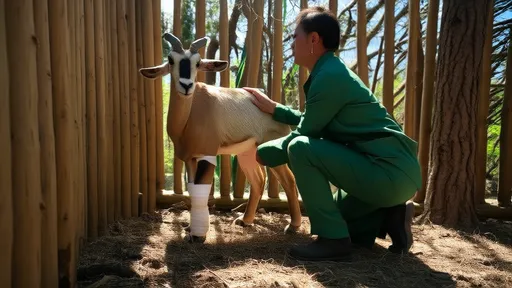
By /Aug 21, 2025

By /Aug 21, 2025
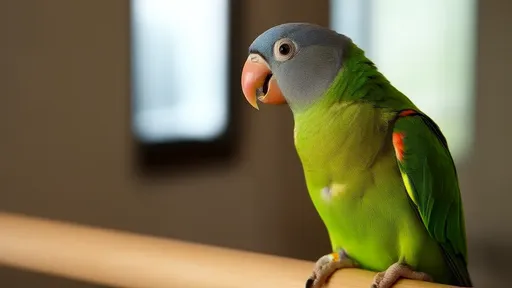
By /Aug 21, 2025

By /Aug 21, 2025
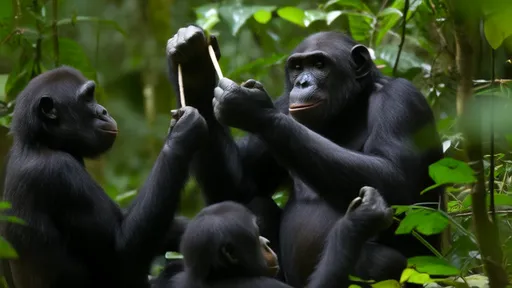
By /Aug 21, 2025

By /Aug 21, 2025

By /Aug 21, 2025
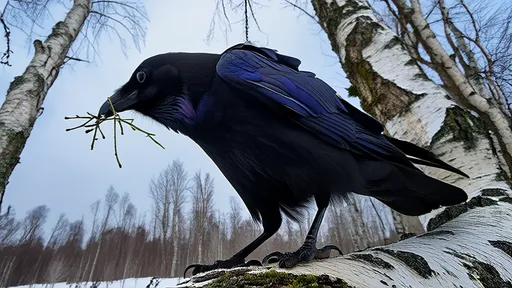
By /Aug 21, 2025